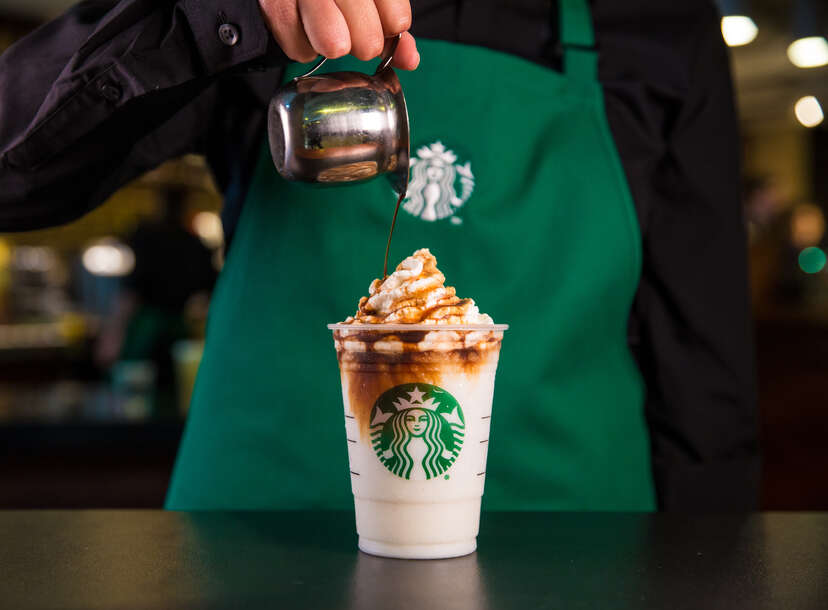The Fascinating Story of Starbucks: From a Single Coffee Shop to a Global Empire
Coffee lovers all around the world are familiar with the name Starbucks. The brand has become synonymous with premium coffee, delectable pastries, and an inviting atmosphere. But how did Starbucks become the ubiquitous name it is today? In this article, we'll take a deep dive into the fascinating story of Starbucks, from its humble beginnings to its global success.
The Early Days
The story of Starbucks began in Seattle, Washington, in 1971. Three friends, Jerry Baldwin, Zev Siegl, and Gordon Bowker, decided to open a small coffee shop in Pike Place Market. They named it Starbucks, after a character in the classic novel "Moby-Dick." The original store sold only whole bean coffee and coffee-making equipment. It didn't have any seating, and customers had to take their purchases to go.
In 1982, entrepreneur Howard Schultz joined the company as the Director of Retail Operations and Marketing. Schultz had a vision of turning Starbucks into a place where customers could relax, socialize, and enjoy their coffee. He was inspired by Italian coffeehouses, which he felt offered an experience that was missing from American coffee culture.
Schultz convinced the Starbucks founders to open a new store in downtown Seattle that would offer a different kind of coffee experience. This store had seating, offered espresso drinks, and had a more European feel. The store was a hit, and Schultz realized that there was an enormous opportunity to expand the business.
Rapid Expansion
In 1984, Schultz left Starbucks to start his own coffee company, Il Giornale. The company was successful, and in 1987, Schultz acquired Starbucks and merged the two companies under the Starbucks name. Schultz became the CEO of Starbucks and embarked on a mission to turn the company into a global brand.
Under Schultz's leadership, Starbucks began expanding rapidly. The company opened its first store outside of the United States in Vancouver, Canada, in 1987. By the end of the decade, there were over 100 Starbucks locations in North America.
In the 1990s, Starbucks continued its expansion, opening stores in Japan, the United Kingdom, and other countries. By 2000, there were over 3,000 Starbucks locations worldwide. Starbucks had become a global brand, and its success showed no signs of slowing down.
Controversy and Criticism
As Starbucks continued to grow, it faced criticism from some who accused the company of pushing out independent coffee shops and damaging local communities. Starbucks was also criticized for its labor practices and treatment of employees.
In 2000, Starbucks faced a boycott after it was revealed that the company was sourcing coffee beans from farms that used child labor. Starbucks responded by developing a program to promote ethical sourcing of coffee beans and supporting fair trade practices.
In recent years, Starbucks has faced criticism for its environmental impact, particularly the waste generated by its single-use cups. In response, the company has pledged to reduce its environmental footprint by developing more sustainable packaging and encouraging customers to use reusable cups.
Innovation and Growth
Despite these controversies, Starbucks has continued to innovate and grow. In recent years, the company has expanded its menu to include more food options and non-coffee beverages. Starbucks has also embraced technology, developing a mobile app that allows customers to order and pay for their drinks ahead of time.
Starbucks has also made a significant impact on popular culture. The brand has been referenced in numerous films and TV shows and has become a symbol of coffee culture around the world.
Today, Starbucks is one of the largest coffee chains in the world, with over 30,000 locations in 80 countries. The company employs over 300,000 people and serves millions of customers every day. Starbucks has become a cultural icon, a symbol of modern coffee culture and a place where people can socialize, work, or just relax.
Starbucks has also taken on a significant role in social issues. In 2015, the company launched its "Race Together" campaign, which aimed to spark conversations about race in America. While the campaign was met with criticism and controversy, it highlighted Starbucks' commitment to social responsibility and its desire to use its platform for positive change.
Starbucks has also made efforts to support communities and promote sustainability. In 2020, the company announced a $100 million commitment to support small businesses and community development in black and brown neighborhoods. Starbucks has also made a commitment to become a more sustainable company, pledging to reduce its carbon emissions and increase its use of renewable energy.
Labels: Business, Interesting


0 Comments:
Post a Comment
Subscribe to Post Comments [Atom]
<< Home